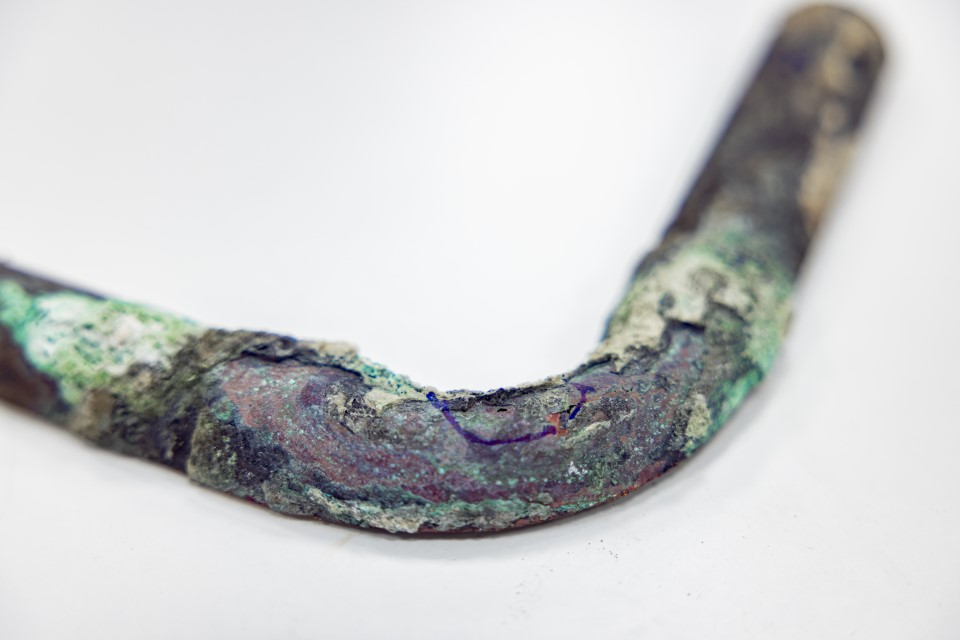Correct information crucial in researching copper pipe corrosion

Copper water pipes can leak due to a natural chemical process known as corrosion. This can cause a lot of inconvenience and material damage. Often it is sufficient to locate and repair the leak, but sometimes it may be necessary to replace the complete pipe network. In order to be able to make this decision properly, it is important to determine the location of the leakage is as well as get insights into what circumstances have caused it.
Kiwa materials expert Anya Niehaus conducts research into the behavior and life cycle of metals. Her work also includes investigating damage cases, often caused by copper corrosion. ‘If a copper water pipe or coupling has started to leak due to damage, for example during work, there is usually nothing to worry about after repair. In the case of leakages due to corrosion, the situation is much more complicated. There it is important to collect as much information as possible about the usage of the leaking pipe and the circumstances in which corrosion has developed.'
Abstract information
When Niehaus investigates a corroded water pipe, she often has to do it with limited information. ‘We often receive loose pipe sections from the leaking network from the manager or owner of a building. In our lab I can examine these sections and determine what kind of corrosion we are dealing with. We then know the form of corrosion and whether it is caused by oxygen, chlorides or other elements. But this information is too abstract if you want to give a customer sound advice, for example whether it is necessary to replace a complete pipeline network as a precaution.'
Context
That sound advice can be given if more context information is available. ‘There are many factors that influence whether or not a pipe corrodes,’ says Niehaus. ‘Consider, for example, the temperature of the water that flows through the pipe and the flow speed. It is also important to know whether a corroded pipe has recently been cleaned and where in the network the corroded pipe was located: was it close to a technical room where there are many vortices in the flow or further along in the pipe network, where the water is sometimes practically standing still.'
Structural solution
According to Niehaus, historical information about the state of a pipeline network is also very valuable in research into copper corrosion. ‘I once examined a damage in a large building where, as it turned out later, there had been problems with corrosive pipes for much longer. But because the leak was always repaired and the broken piece of pipe was thrown away, important information was lost. This made it difficult to determine whether it was an incident or a structural problem that could be solved by, for example, reducing the flow temperature and speed or preventively switching to pipes made of a different material.'
Copper corrosion investigation by Kiwa
Kiwa has an independent laboratory for materials research in Apeldoorn, the Netherlands. Here, Kiwa's material experts support clients with specialized material research and advice. Read more about leaks in pipes, damage investigation and copper corrosion. When mapping the operating conditions of a corroded pipe, Kiwa uses a questionnaire 'Leakage in copper pipes'. To get an idea of the issues that are important for good material research, you can download the questionnaire ‘Leakage in copper pipe’ here.

Want to know more? Let us know!
Kiwa Technology
Kiwa Expert B.V.
Wilmersdorf 50
7327 AC Apeldoorn
Postbus 137
7300 AC Apeldoorn
Pipe leaks
Kiwa can support clients with specialized material research and advice, providing damage investigation and insight in leaks in pipes.